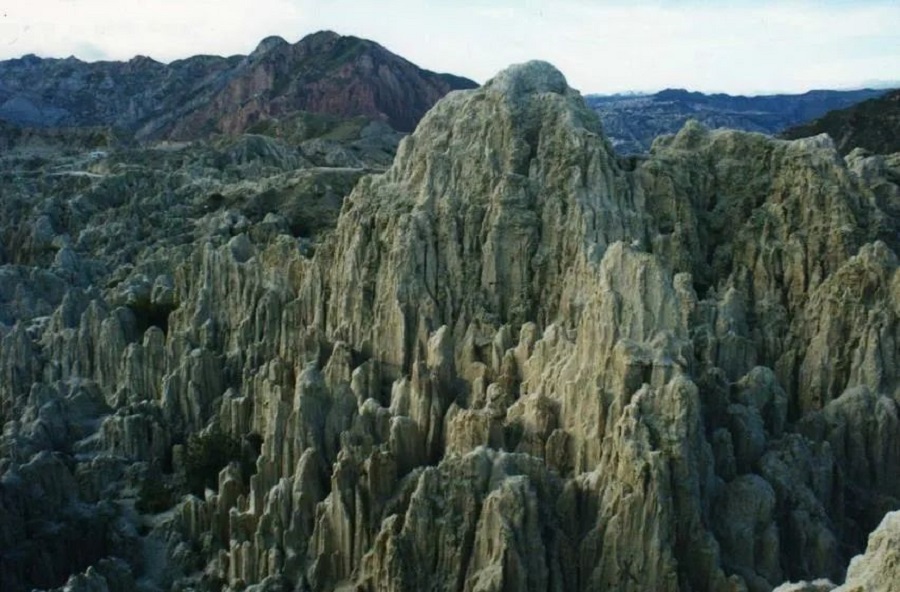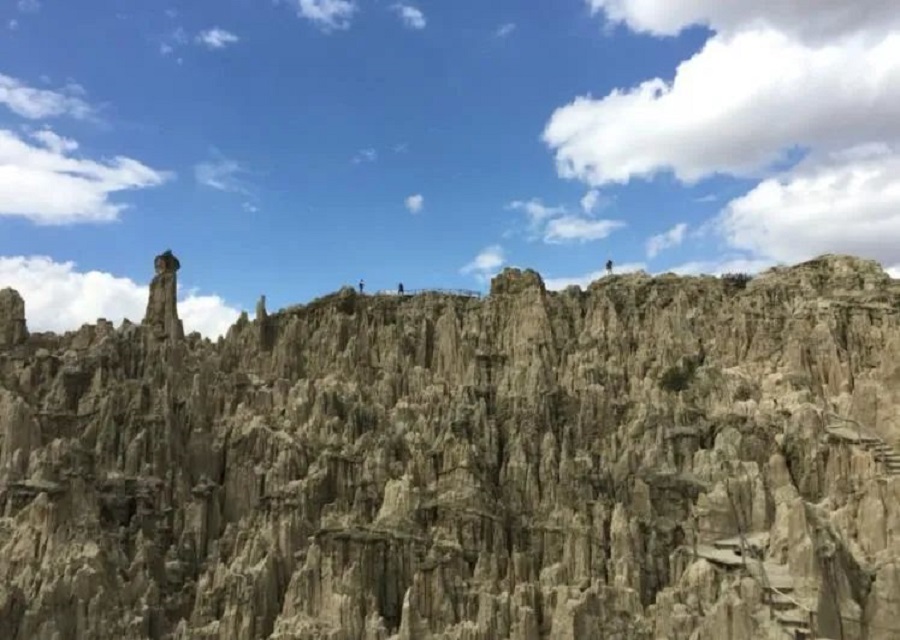La Paz, is the administrative capital of Bolivia, a South American country. The seat of parliament and government institutions (the legal capital and the seat of the Supreme Court are Sucre) is the largest city in the country, the political, economic and cultural center and transportation hub, and also the capital of La Paz Province.

Murio Square is located in the center of La Paz, facing the Bolivian Presidential Palace and the main church of the city. The square was built in 1558 and was initially called the Grand Square and the Weapon Square. In 1909, to commemorate the pioneer of Bolivia's independence war, Pedro Murillo, the square was officially renamed as Murillo Square. The center of the square was originally built with the Poseidon Fountain, which was abolished and rebuilt in 1909. The statue of Murio, which is up to 3 meters high, was created by the Italian sculptor Ferruccio Cantella, with a clear neo classical style. In addition, eight female statues can be seen around the square, representing spring, summer, autumn, winter (time), painting, architecture, sculpture and music (art).
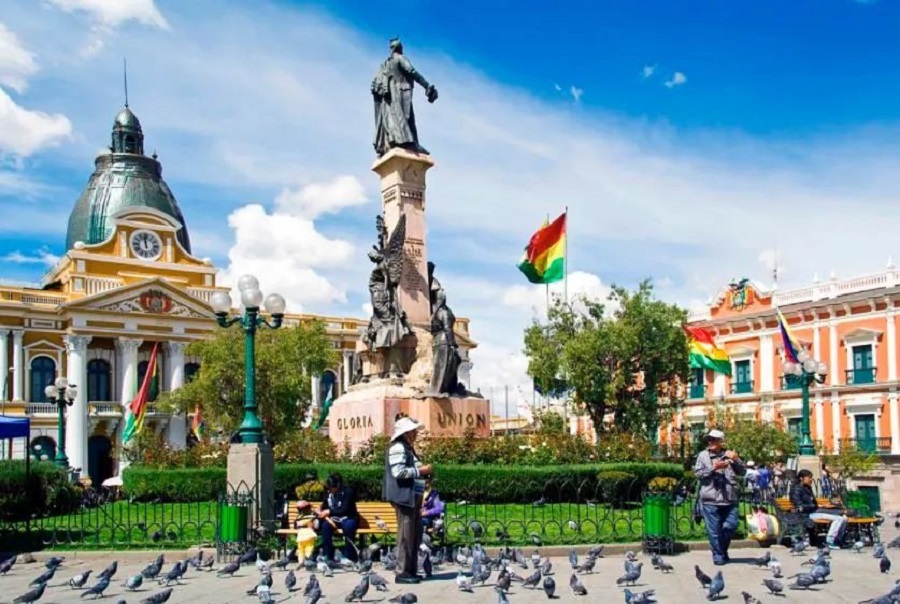
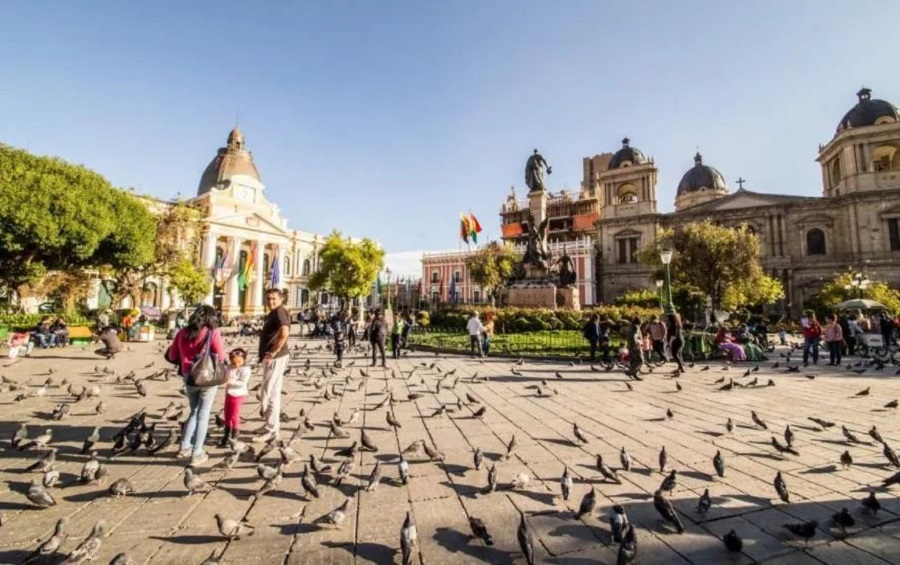
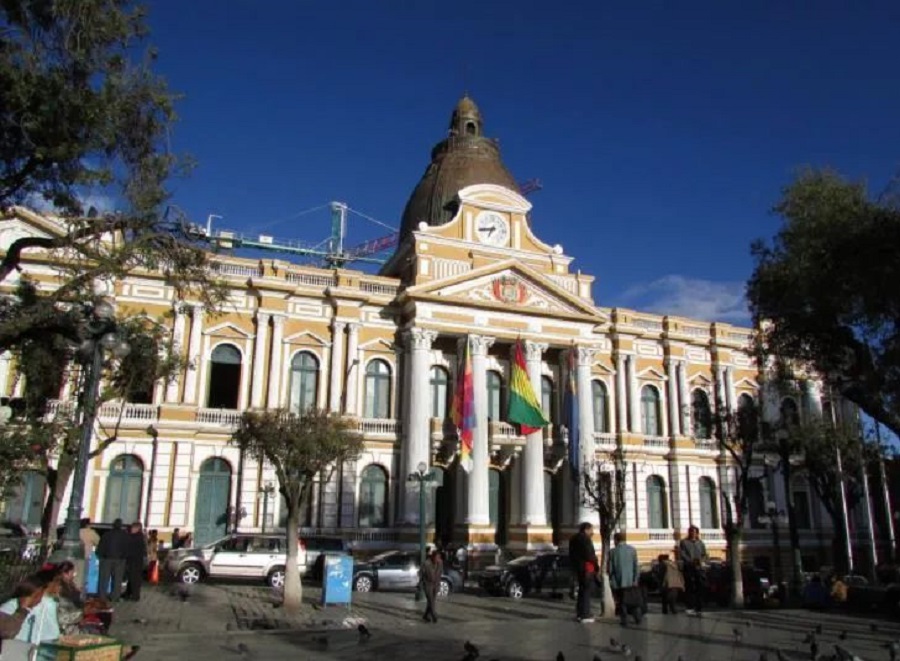
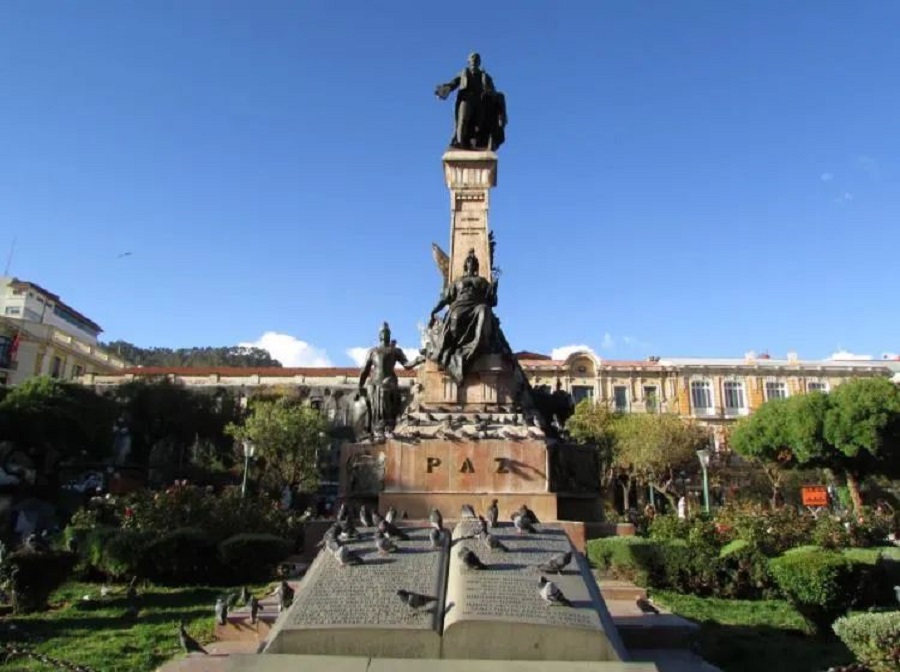
Lake Titicaca, located on the Coiao Plateau at the border between Bolivia and Peru, is the highest and largest freshwater lake in South America, one of the world's highest large freshwater lakes, the world's highest navigable lake for large ships, and the third largest lake in South America (after Lake Maracaibo and the Patus Lagoon). There are 52 islands in the lake, most of which are inhabited. KaKa Island, the largest island, is also a sacred lake of Indians.
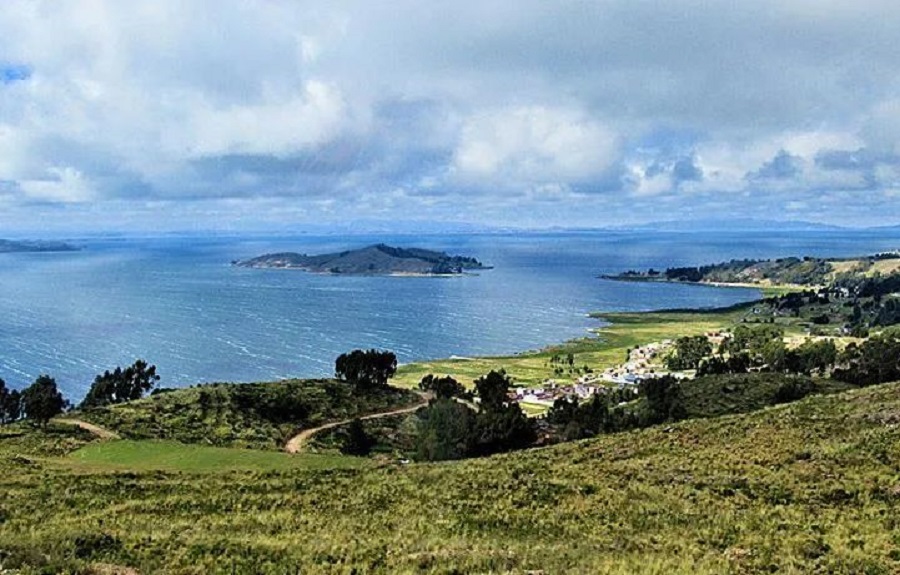

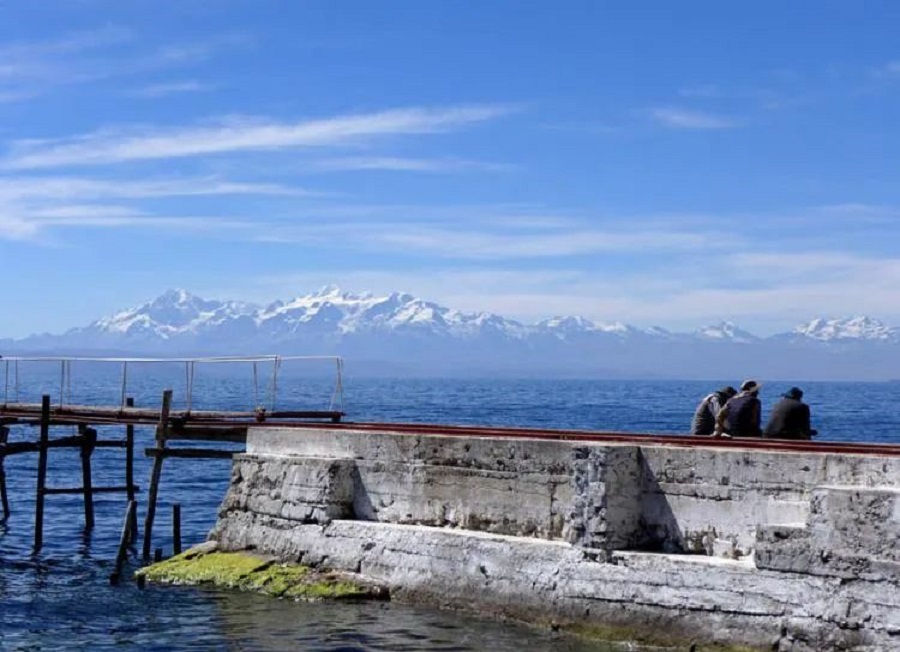
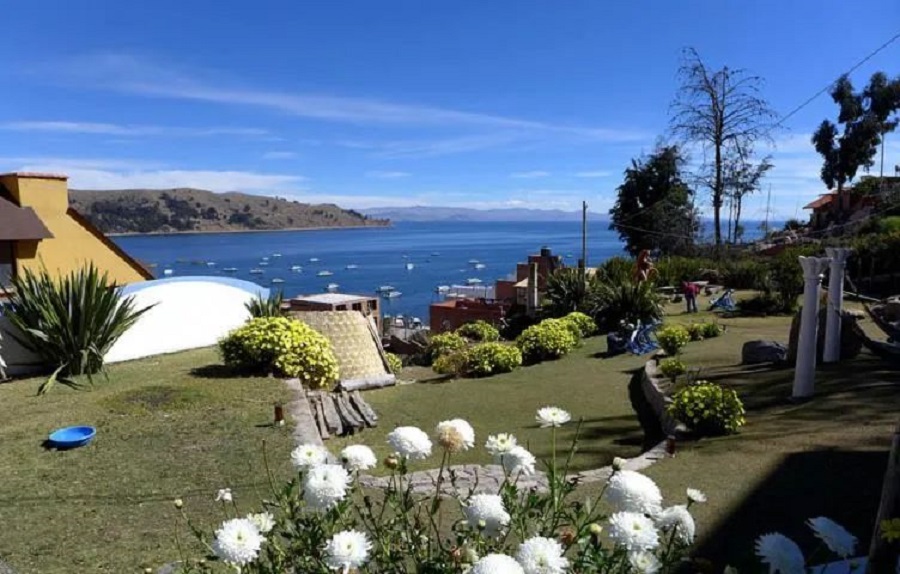
In 1548, Francisco de los Angeles Morales presided over the construction of the monastery of San Francisco. The overall project was started the following year and completed in 1581. In 1610, the monastery collapsed due to the snow disaster, and the reconstruction project was completed between 1743 and 1753. The exterior wall and interior decoration of the church are the combination of Spanish baroque art and local art. In 1790, after the decoration and carving of the main door of the exterior wall of the church were completed, some interesting elements carved by craftsmen at that time can still be seen, such as the fruit with South American characteristics, Chirimoya.
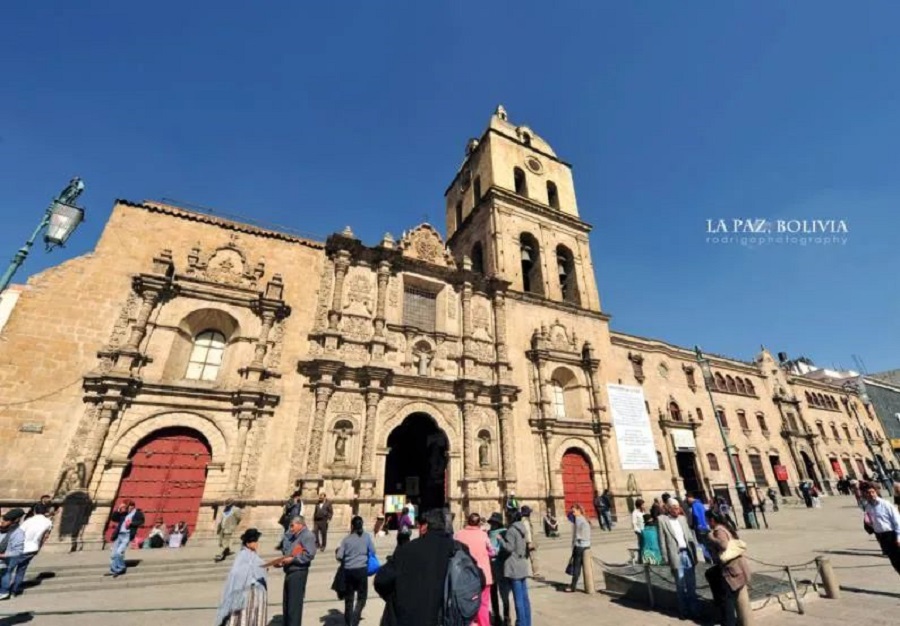
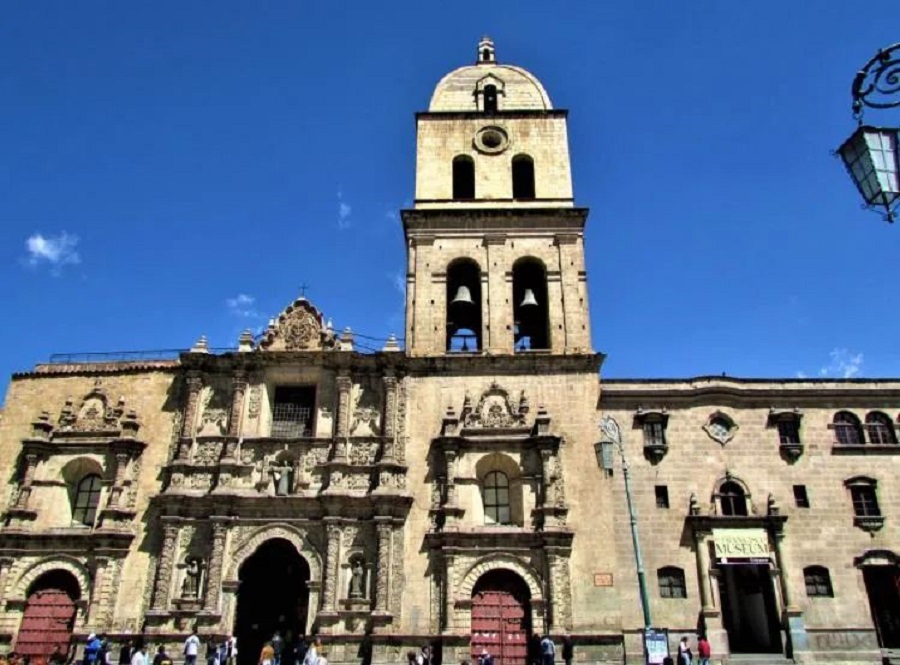
The official name of the "road of death" to the north of La Paz is the Yonggas Road (Spanish: Camino a Los Yungas, English: Yungas Road), which is often called the "most dangerous road in the world". The highest altitude is more than 4700 meters and it has been reduced to a tropical rain forest of more than 1000 meters. Where there is a cross along the way, it also means that vehicles once fell into the valley from there.

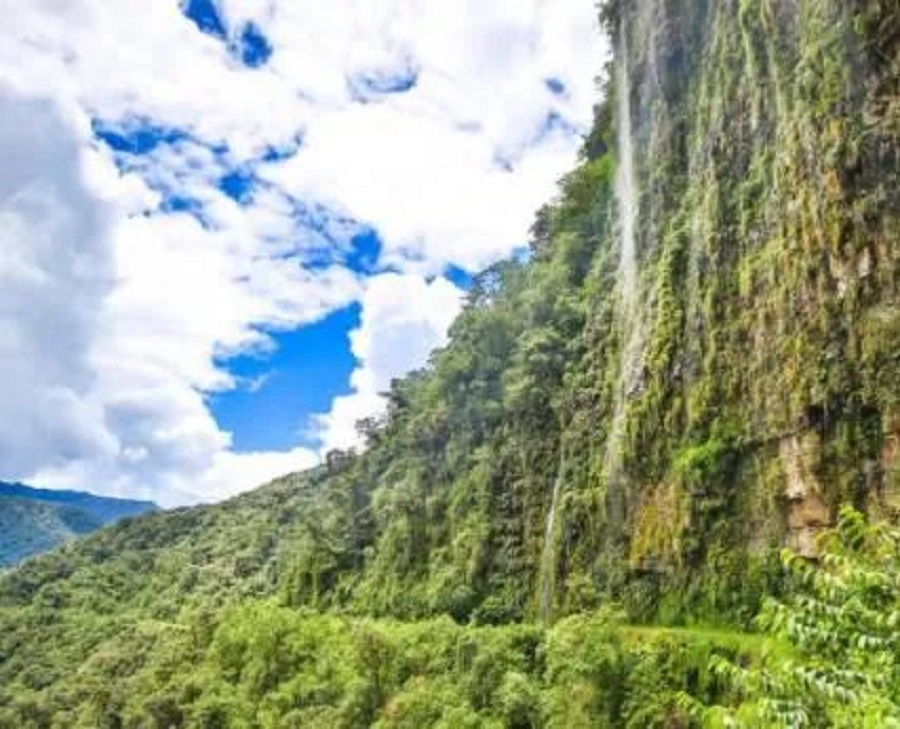
La Paz Moon Valley is located 10 kilometers away from the downtown of La Paz. Although it is called "Moon Valley", it is not a real valley. There are towering sand and stone forests all over the place. The sand and stone show different colors, including beige, red and deep purple, because they are rich in many kinds of minerals. It feels like you are on an alien planet.
